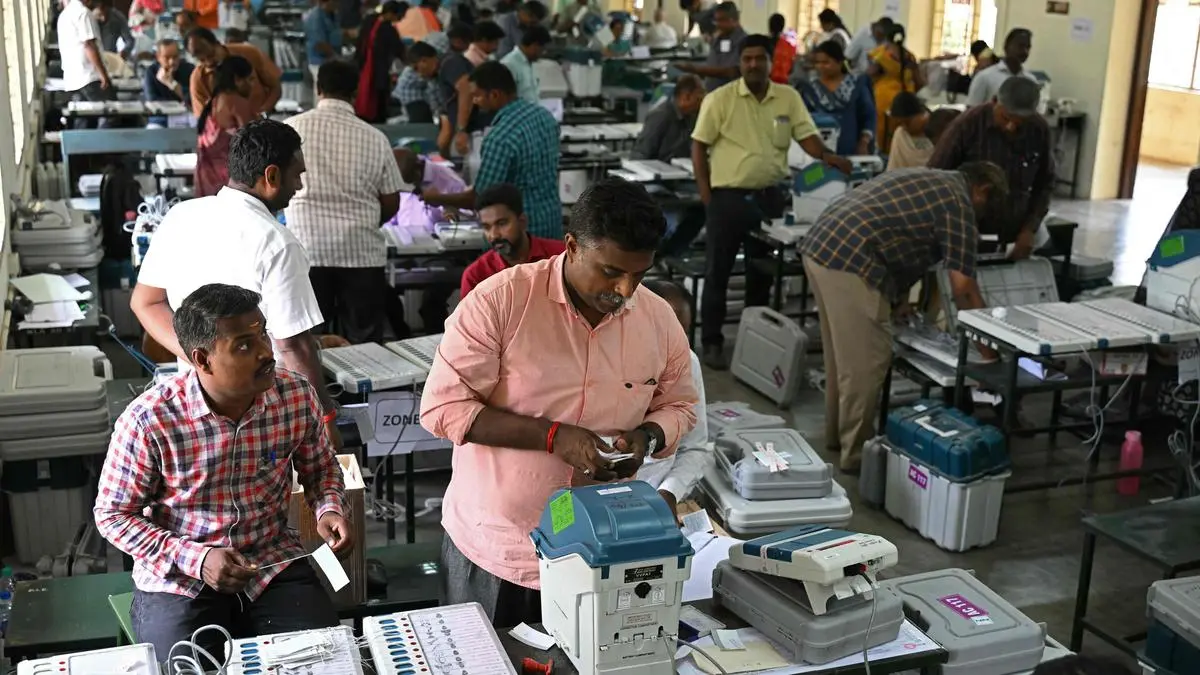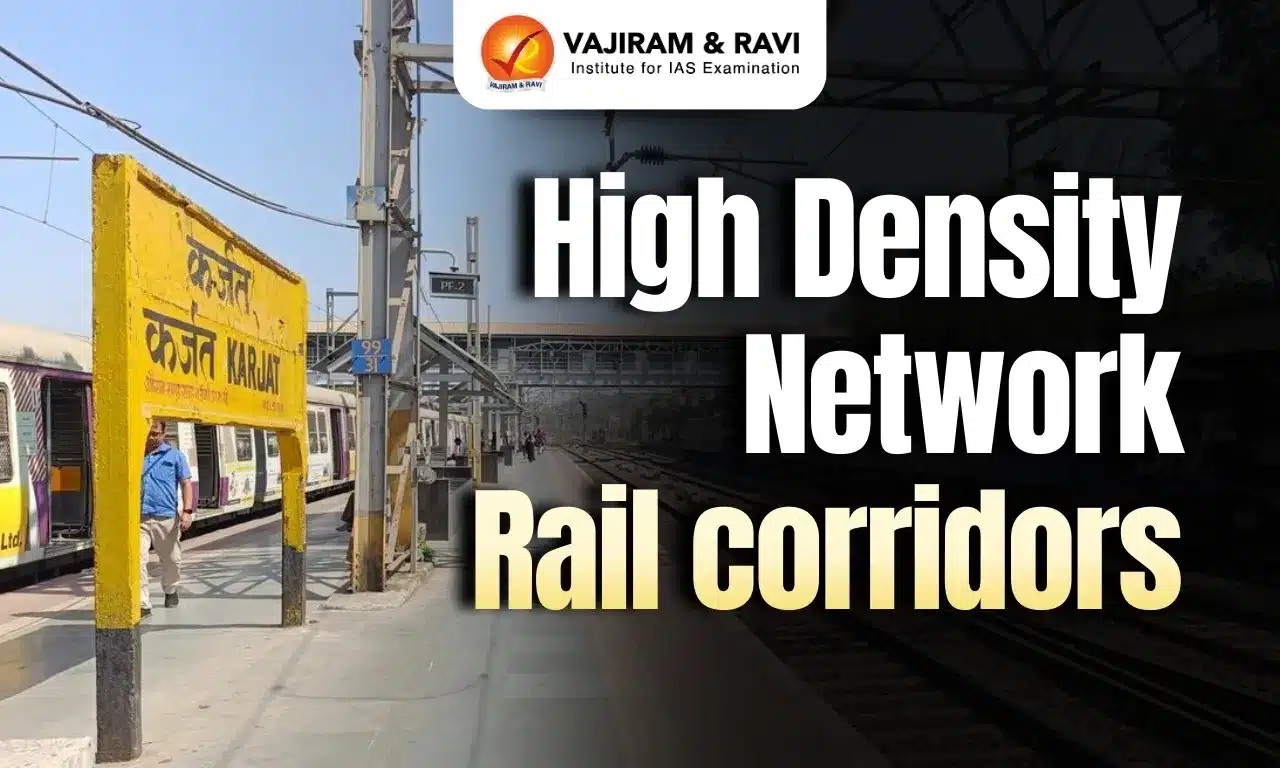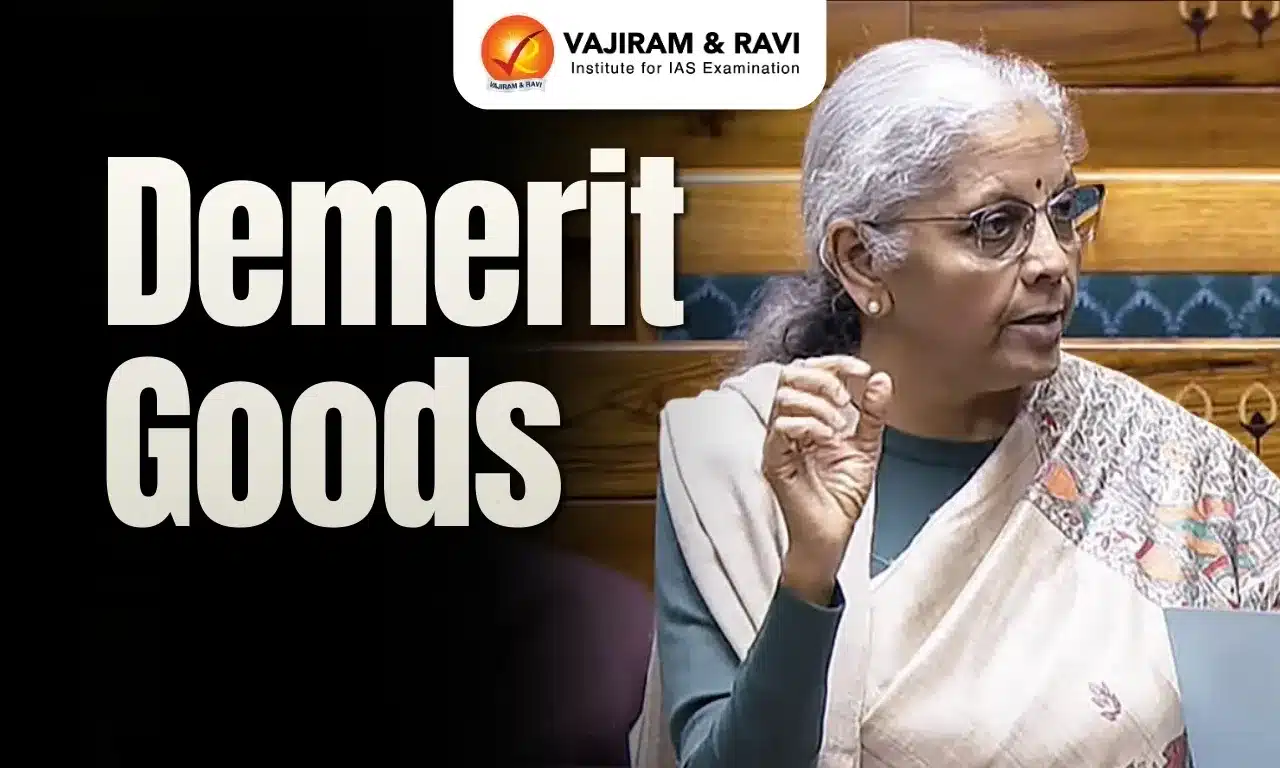What’s in today’s article?
- Background
- What is a VVPAT Machine? How does it Work?
- Need for Auditing of EVMs
- VVPAT-based Audit of EVMs
- Criticism of the ECI
- Way Ahead
Background
- The Election Commission of India (ECI) has attracted criticism for reducing the Voter Verified Paper Audit Trail (VVPAT) based audit of Electronic Voting Machines (EVMs) to an exercise in tokenism.
- Currently, the sample size for auditing the VVPAT accuracy is five polling stations per Assembly Constituency.
- The critics argue that this sample size does not conform to the fundamental principles of statistical sampling and leads to high margins of error.
Need for Auditing of EVMs
- A ‘defective EVM’ is defined as one with a mismatch between the EVM count and the VVPAT’s manual count of voter slips due to EVM malfunction or EVM manipulation.
- Unlike industry and trade where a few defectives in the sample may be tolerated, in the context of elections, the acceptance number will have to be ‘zero defective EVM’.
- In other words, even if there is a single instance of mismatch between the EVM count and VVPAT manual count in the randomly drawn sample of EVMs, the ‘population’ of EVMs from which the sample was drawn should be ‘rejected’.
- In this case, ‘rejection’ means non-acceptance of the EVM counts for that ‘population’ and doing manual counting of VVPAT slips for all the remaining EVMs of that ‘population’.
- In such a scenario, the election result should be declared only on the basis of the VVPAT count.
VVPAT-based Audit of EVMs
- VVPAT-based audit of EVMs involves three essential elements:
- A clear definition of the ‘population’ of EVMs from which the statistical sample would be drawn.
- It could be all the EVMs deployed in an Assembly constituency, a Parliamentary constituency, a State as a whole, India as a whole, a region (or group of districts) within a State, or any other.
- The population size (N) could vary widely depending on how we define the ‘population’;
- Determination of a statistically correct and administratively viable sample size (n) of EVMs whose VVPAT slips will be hand counted;
- Application of the ‘decision rule’.
- In the event of a mismatch between the EVM count and the VVPAT count in the chosen sample of ‘n’ EVMs, the manual counting of VVPAT slips will have to be done for all the remaining (N-n) EVMs forming part of that ‘population’.
Criticism of the ECI
- The ECI has not specified the ‘population’ to which its sample size relates.
- It has not explained how it arrived at its sample size.
- It has also not explained the ‘next steps’ in the event of a mismatch between the EVM count and the VVPAT count in the chosen sample.
- Hence, these 3 key issues have been left vague or unaddressed.
Way Ahead
- ‘Plateau Effect’ of sample size can be used to divide the bigger States into ‘regions’ (an integral number of districts) with EVM population sizes of about 5,000 each.
- In this case, “EVMs deployed in the region” can be treated as the ‘population’.
- On average, there would be about 20 Assembly constituencies in a region.
- For example, U.P with 1,50,000 EVMs can be divided into 30 regions with roughly 5,000 EVMs each.
- In the event of a defective EVM turning up, the hand counting of VVPAT slips of the remaining EVMs will be confined to the region.
- This option is statistically robust and administratively viable.
Meanwhile, the Supreme Court last week said that petitions seeking 100% verification of VVPAT slips would be taken up soon.
Q1. What does Voter Turnout mean?
In political science, voter turnout is the participation rate of a given election. This is typically either the percentage of registered voters, eligible voters, or all voting-age people.
Q2. What is meant by the Returning Officer?
A Returning Officer is responsible for overseeing election in one constituency may be two constituencies at the most. A Returning Officer is called so because he holds the election in the constituency and returns the result.
Last updated on November, 2025
→ Check out the latest UPSC Syllabus 2026 here.
→ Join Vajiram & Ravi’s Interview Guidance Programme for expert help to crack your final UPSC stage.
→ UPSC Mains Result 2025 is now out.
→ UPSC Notification 2026 is scheduled to be released on January 14, 2026.
→ UPSC Calendar 2026 is released on 15th May, 2025.
→ The UPSC Vacancy 2025 were released 1129, out of which 979 were for UPSC CSE and remaining 150 are for UPSC IFoS.
→ UPSC Prelims 2026 will be conducted on 24th May, 2026 & UPSC Mains 2026 will be conducted on 21st August 2026.
→ The UPSC Selection Process is of 3 stages-Prelims, Mains and Interview.
→ UPSC Result 2024 is released with latest UPSC Marksheet 2024. Check Now!
→ UPSC Prelims Result 2025 is out now for the CSE held on 25 May 2025.
→ UPSC Toppers List 2024 is released now. Shakti Dubey is UPSC AIR 1 2024 Topper.
→ UPSC Prelims Question Paper 2025 and Unofficial Prelims Answer Key 2025 are available now.
→ UPSC Mains Question Paper 2025 is out for Essay, GS 1, 2, 3 & GS 4.
→ UPSC Mains Indian Language Question Paper 2025 is now out.
→ UPSC Mains Optional Question Paper 2025 is now out.
→ Also check Best IAS Coaching in Delhi

















